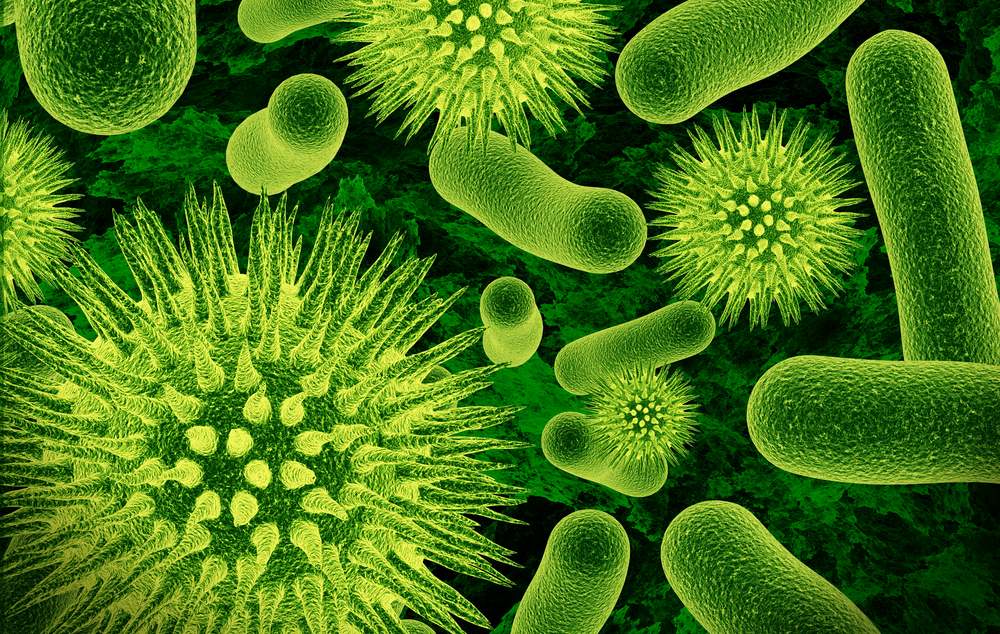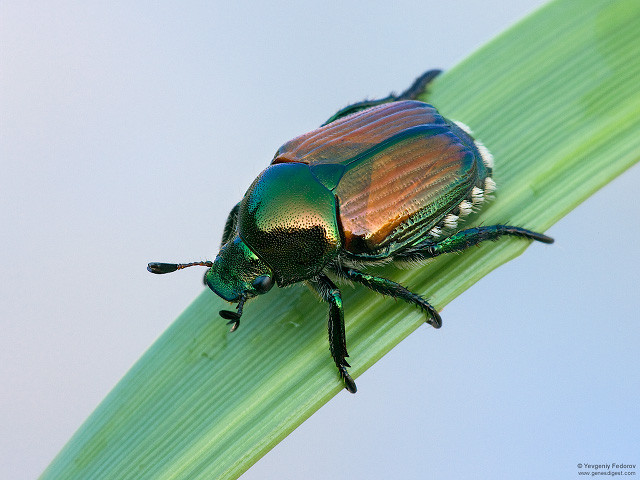The Role of Soil Processes in the Global Carbon Cycle

When new carbon enters soil, especially carbon that is easily assimilated and decomposed by soil microorganisms, a chain reaction occurs leading to the breakdown of older soil carbon, carbon that would otherwise have remained stable. Current theory does not explain this chain reaction, sometimes called the “priming effect.” But understanding this is important, because soil carbon is a major reservoir in the global carbon cycle, storing about three times the amount of carbon contained in the atmosphere as carbon dioxide. Some soil processes promote carbon storage, locking it away in stable forms, resistant to decay. The priming effect has the opposite effect, converting carbon that was thought to be stable to carbon dioxide, and contributing to the atmospheric pool, amplifying rising carbon dioxide due to human burning of coal, oil, and gasoline. Carbon stability is a major uncertainty about the future carbon sink in soil, so this research addresses important questions about the global carbon cycle.
Minerals and soil carbon
Carbon dioxide (CO2) is released to the atmosphere when humans burn oil, coal, and gasoline, and is the major cause of global warming. Soils can store carbon (C), helping counteract rising carbon dioxide, but the future of the soil C sink is uncertain. Will it be converted to soil organic C, which can stay put for thousands of years, or will soil microorganisms convert it back to CO2, returning it to the atmosphere? This is a major uncertainty about the future C sink on land. Recent work suggests a surprising response, called the priming effect, in which adding C to soil boosts the metabolism of microorganisms, causing them to produce even more CO2 than expected.
Yet, this phenomenon is variable and very poorly understood. Proposed mechanisms fail to explain what conditions modulate the occurrence and magnitude of the priming response. Preliminary data suggest that the soil mineral assemblage, reflecting the chemical and geological properties of soil, interacts strongly with the soil microbial community to influence the priming effect. This research will test the idea that the priming response depends on interactions between the soil mineral assemblage and the soil microbial community. Thus, this research lies at the interface among geology, biology, and chemistry. The research will investigate priming responses in nine soils, spanning a broad range of climatic and environmental conditions. Laboratory Projects will evaluate how priming responds to variation in the mineral assemblage, and samples from the projects will be tested for carbon cycling and microbial community characteristics. The work will use state-of-the-art techniques, including in-line isotope-ratio measurements using a cavity ring-down instrument, and new stable isotope probing techniques paired with gene microarrays capable of identifying microorganisms performing specific ecological functions. This project emphasizes integrating research and teaching, will provide interdisciplinary training for undergraduate students at institutions with strong histories of minority enrollment. Students will gain experience with the cutting-edge methods, and with a research field with strong implications for policy decisions surrounding global climate change and carbon management.
Grants supporting this work
- National Science Foundation, Geosciences, Collaborative Research: Biological and mineralogical controls over soil carbon cycling across multiple ecosystems: a focus on the priming effect, $414,075, 9/11 – 8/13
Soil biodiversity and the carbon cycle
Microbial diversity is vast, and recent discoveries place soils as home to the most diverse of the Earth’s microbial communities. Soil microbial diversity spans the tree of life – Bacteria and Archaea, the ancient single-celled life forms important for everything from decomposition to disease, and Eukarya, the part of the tree of life that includes plants and animals, as well as microorganisms like protists and fungi.The overwhelming biodiversity of soil microorganisms motivates the search for understanding its functional significance.
The current project probes a surprising response of microorganisms to changes in soil carbon availability: when new carbon enters soil, especially carbon that is easily assimilated and decomposed by soil microorganisms, a chain reaction occurs leading to the breakdown of older soil carbon, carbon that would otherwise have remained stable. Current theory does not explain this chain reaction.
This project will test whether taxonomic biodiversity and the genetic biodiversity it supports – in other words, who is there and what are they doing – can explain this unusual carbon cycling phenomenon.
Project details
This project explores new dimensions connecting the diversity of the tree of life with the carbon cycle. The work will use long-term study sites in soils spanning a climatic gradient in Arizona.
For this project, carbon cycling will be measured using a cavity ring-down spectrometer to measure decomposition of new and old soil carbon. Taxonomic and genetic biodiversity will be measured using genetic sequencing, focusing on taxonomy of organisms within the tree of life, and genetic potential of organisms using carbon cycle genes.
One feature of the proposed work will be the use of dual stable isotope tracers, which will enable identifying which microorganisms are involved in particular carbon cycling functions. The work will test the idea that parts of the carbon cycle are emergent consequences of interactions among organisms, with biodiversity as a fundamental driver, thereby connecting genes to communities to ecosystems. By focusing on a common yet unexplained carbon cycle phenomenon, the work is well positioned to advance the science of soil biodiversity.
The work is important because soil carbon is a major reservoir in the global carbon cycle, storing about three times the amount of carbon contained in the atmosphere as carbon dioxide. Some soil processes promote carbon storage, locking it away in stable forms, resistant to decay.
The phenomenon addressed in the proposed work has the opposite effect, converting carbon that was thought to be stable to carbon dioxide, and contributing to the atmospheric pool, amplifying rising carbon dioxide due to human burning of coal, oil, and gasoline. Carbon stability is a major uncertainty about the future C sink in soil, so the proposed work addresses important questions both in biodiversity science and in the global carbon cycle.
The project also integrates science research and education. The proposed work will train two PhD students, a postdoctoral research associate, and numerous undergraduates in state-of-the art techniques in carbon cycling and molecular biology applied to biodiversity. The work will extend to K-12 education, adding microbial biodiversity into a project developing curricular materials about the carbon cycle, and informal science through an existing partnership with the Museum of Northern Arizona.
The project will support undergraduate internships to conduct basic research. Students will have unusual access to research at the interface between molecular and ecosystems biology, and will help advance the field by testing basic ecological principles applied to understanding the carbon cycle. The work is designed to engage undergraduate students in the process of science. Microbial biodiversity is the biological template upon which much of the carbon cycle unfolds, yet evidence of how diversity alters the soil carbon cycle remains elusive. This project will address this fundamental knowledge gap.
Grants supporting this work
- National Science Foundation, Dimensions: Collaborative Research: The taxonomic, genomic, and functional diversity of soil carbon dynamics, $1,487,750, 1/13 – 12/17


